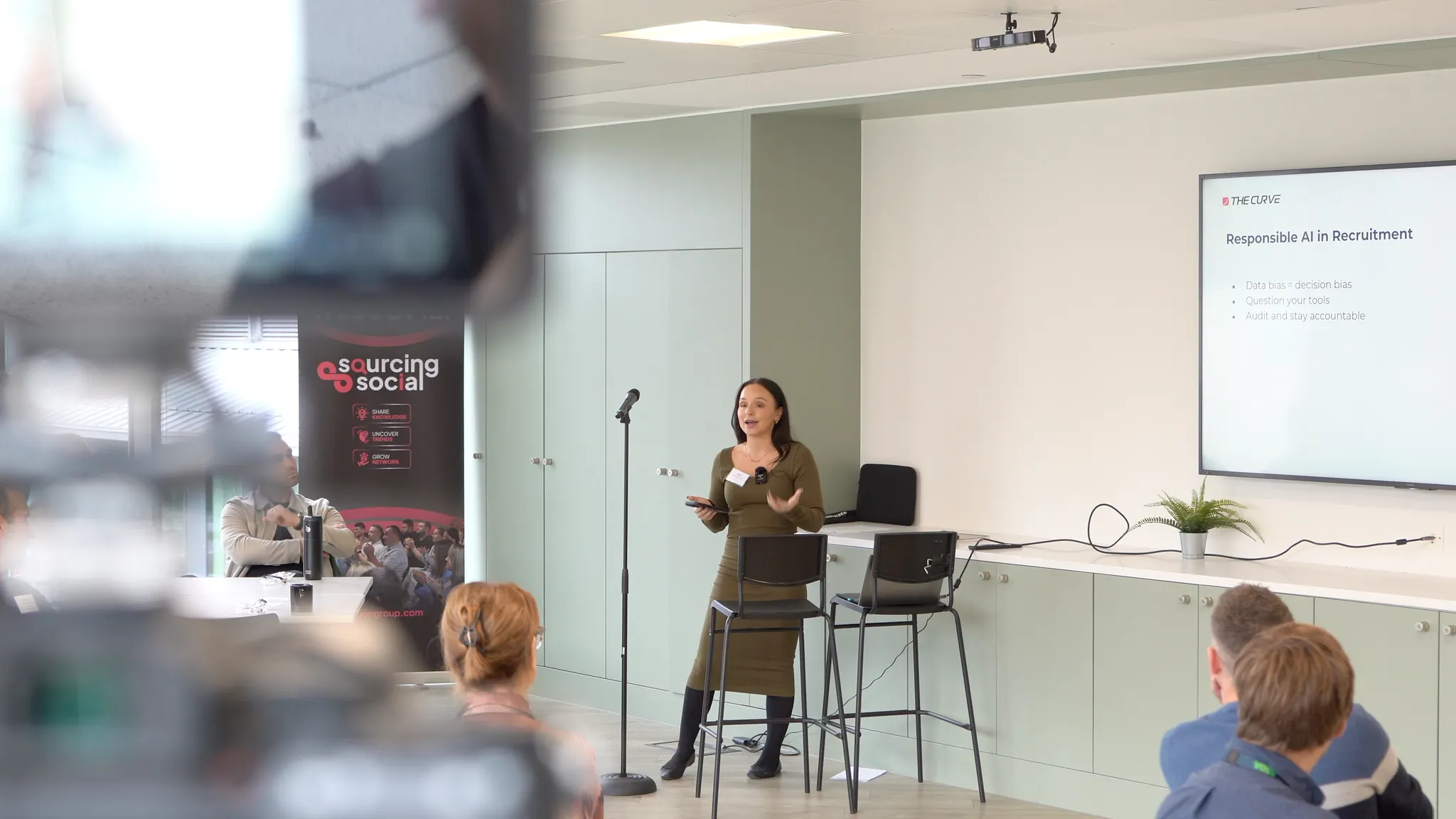Offensive Security & Defensive Security — Understanding the Two Sides of the Coin
17 Sept, 20255 mins
Security used to mean building strong walls. But these days, walls aren’t enough. You have to test them too. See if they hold. Try to break them. That’s where offence and defence come in.
These two approaches do different things. But they work best when combined together. If you’re only focused on one side, you’re not getting the full picture. Real security means using both.
Let’s get into what each side does, why both matter, and how good teams combine them to make your systems watertight.
What is Offensive & Defensive Security?
A quick breakdown of each role in the real world.
What Is Offensive Cyber Security
Offensive security means you go on the attack. You try to break into your own systems. You run tests that mimic what real attackers would do. Think phishing, red teaming, custom exploits, and social engineering. The goal is to find weak spots before someone else does.
What Is Defence Security Service
Defensive security is about protection. It’s the response layer. Firewalls, detection systems, patching, and incident response plans. The goal is to block threats, catch breaches early, and recover fast if something gets through.
So the main difference between offensive and defensive security is their approach, even though their goal is the same. You can think of offence as trying to break in. And defense as watching the door and keeping it locked tight.
How They Differ: Mindset, Tools, Execution
Offence and defence see the world differently. And that’s a good thing.
Mindset
Offensive teams think like hackers. They look for ways in.
Defensive teams think like guards. They look for ways to block or contain attacks.
Offensive Security | Defensive Security |
Simulate attacks | Prevent real attacks |
Find gaps | Close gaps |
Break systems | Harden systems |
Tools
Offensive teams use tools like Metasploit, Burp Suite, and phishing kits. Sometimes they write their own exploits.
Defensive teams use EDR, SIEM, firewalls, and response playbooks.
Execution
Offence is usually done in short bursts. You run a test, find flaws, and then write a report.
Defence runs all day, every day. You monitor alerts, patch systems, and respond when things go sideways.
Why You Need Both Offensive & Defensive Cyber Security Strategies
This isn’t just theory. The numbers make it clear.
Most breaches happen through flaws that were already known but weren’t patched.
About 70% of breaches result from misconfiguration, meaning settings that were left open by mistake.
The average time to detect a breach is over 204 days, which is a huge window for attackers to cause damage to your systems.
Yet when organisations test their defences with attackers, breach “dwell time” drops dramatically when offence and defence teams work closely.
That’s what happens when offence finds the gap, and defence closes them in real time.
How Teams Combine Cyber Security Offensive & Defensive Strategies
Here’s how smart teams combine offensive and defensive cybersecurity strategies.
Step One: Offence Runs the Test
An offensive team runs a fake attack. They send phishing emails. Try to gain access and move through the network. Ultimately, trying to steal fake data.
All of it happens in usually 72 hours. The reason? No MFA on VPN access. And no alerts on lateral movement.
Step Two: Defence Learns & Adjusts
The defence team steps in. They update detection rules. Fix any MFA problems. Update response playbooks. They also test those updates using the same techniques used in the attack.
Step Three: Full Loop
Next time, if the same tactic is used, the system responds faster. The attack might even be blocked before it starts. That’s the value of working together.
Why Executives Should Care
This is not just an IT problem. It’s a business risk.
Offensive results show real threats. They help leaders focus on what matters.
Defensive metrics like time to detect and time to respond can be tracked.
The cost impact is huge. Breaches caught early cost far less.
How to Build a Better Strategy
Here’s what to focus on if you want both sides working well together.
Offence Is Not Just a Checkbox
Pen tests and offence team work aren’t just for reports. Take what you find and feed it into your defensive team. Fix issues on the spot when possible.
Run Duel Team Exercises
This is where the offensive and defensive teams work side by side. Offensive runs an attack. Defensive responds in real time. That way, your defence team can see what parts of the systems need extra attention.
Use Real Metrics
Don’t just track how many attacks were blocked. Track what matters.
How fast can you detect issues
How fast do you respond
What percentage of offensive team actions are caught
How many findings are fixed within 30 days
Automate Where It Makes Sense
Use the right tools by hiring people who have a holistic understanding of the softwares that can be used. Automation can handle the noise, but not everything can be automated. Tools like SOAR and EDR can alert the team fast.
Keep Training
Threats evolve. Teams need constant training. Not just once a year. Simulation and learning should be part of your budget.
Build a Solid Team
Great tools mean nothing without the right people. You need experts who understand both sides of the game. If you’re looking for talent, Fruition Group can help bridge the gap in your teams. We know how to find skilled professionals who know how to hit the ground running. Offence, defence, or both.
Final Word
Offence and defence are not in competition. They are parts of the same system. You need both.
You don’t find real gaps by guessing. You find them by testing and watching how your defence holds up. That’s how you know what works and what’s vulnerable. Real progress happens when your offensive and defensive teams operate together.



